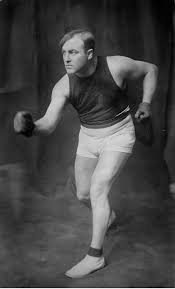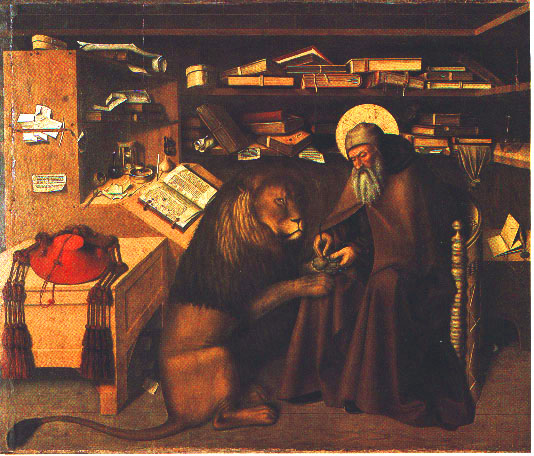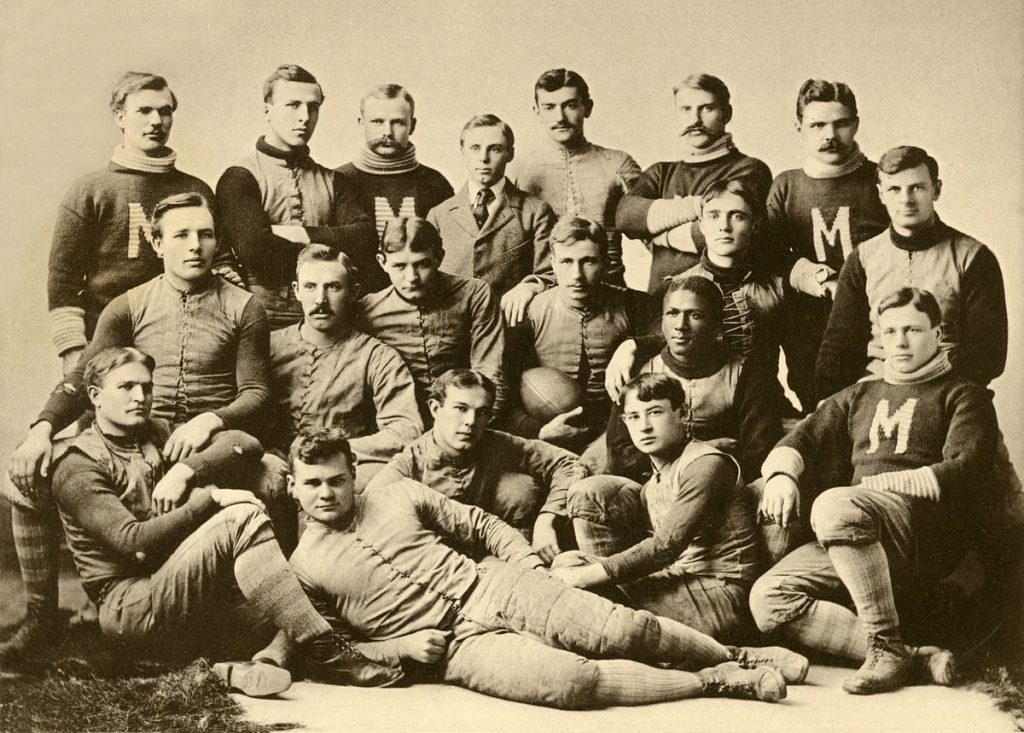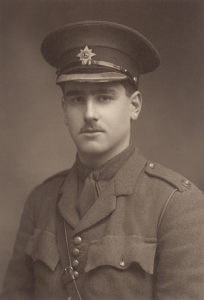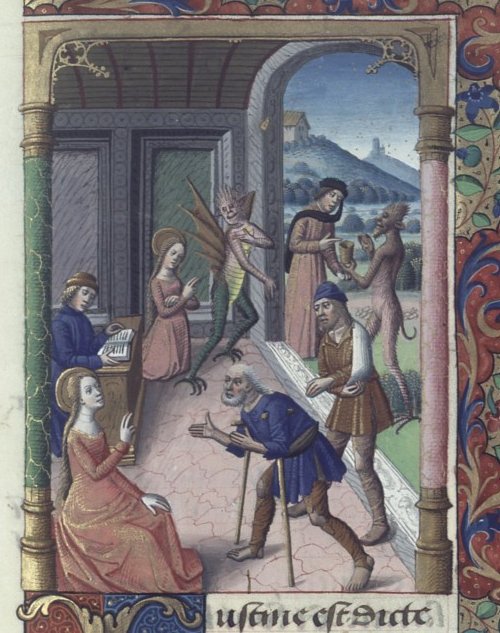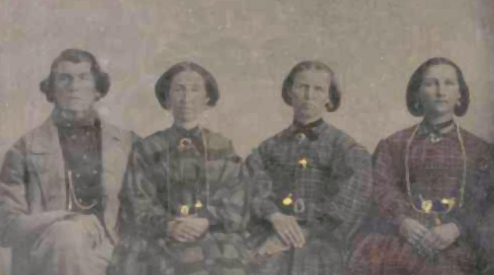We’re going to go all-Canada in our post today.
1535 – French explorer Jacques Cartier visits the Iroquois town of Hochelaga, a town of 1500 people living in 50 longhouses; “It was fine land with large fields covered with the corn of that country, which resembles Brazil millet, and is about as large or larger than a pea… They live on this as we do on wheat. And in the middle of these fields is situated and stands the village of Hochelaga, near and adjacent to a mountain, the slopes of which are fertile and are cultivated, and from the top of which one can see a long distance. We named this mountain Mount Royal. The village is circular and is completely enclosed by a wooden palisade in three tiers like a pyramid.” He visits the rapids at the head of navigation and calls them La Chine (China). Hochelaga will later become the French settlement of Ville Marie and then Montreal.
1906 – Canadian Tommy Burns (born Noah Brusso in Hanover, Ontario) KOs Jim Burns in 15 rounds for the World heavyweight boxing championship. Burns will lose the to the remarkable black American boxer Jack Johnson.
1926 – One of the quirky joys of Canadian football rules is the “rouge” or the single point gained when a punter kicks the ball through the end zone or an opposing player fields the ball in the end zone and fails to run it out. Bert Gibb of the Hamilton Tigers sets a record by kicking 9 singles in a football game against Montreal.
1944 – World War II – First Canadian Army begins the drive to clear the Scheldt estuary of Germany army resistance and open the port of Antwerp to shipping; bloody fighting ends with the Canadians victorious on November 8.

